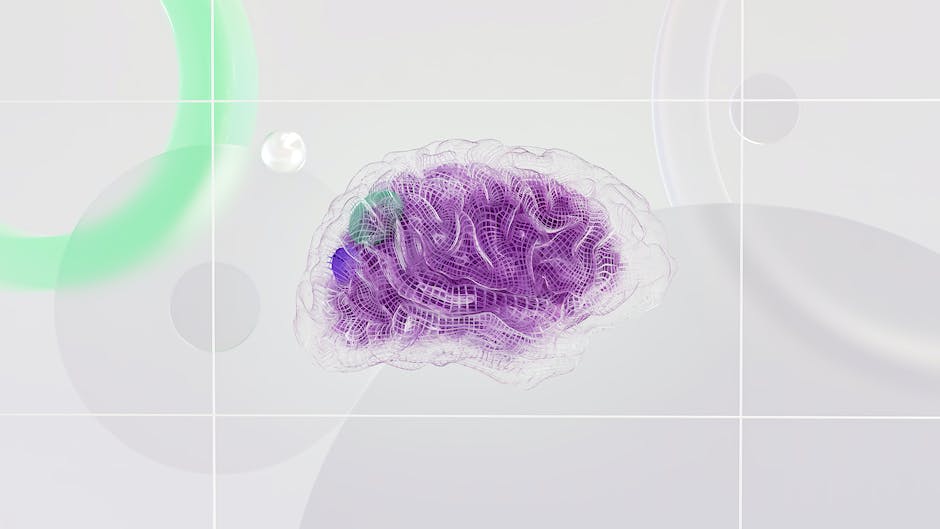In the realm of artificial intelligence, few advancements have captured our imagination as profoundly as deep learning’s impact on computer vision. Deep learning, a subfield of machine learning, has empowered machines to perceive and understand the visual world in ways previously thought impossible. In this illuminating journey, we will unravel the mysteries of deep learning for computer vision, exploring the core concepts, groundbreaking breakthroughs, and real-world applications that have transformed visual recognition technology.
Understanding Deep Learning for Computer Vision
At its essence, computer vision aims to equip machines with the ability to interpret and make sense of visual information, much like the human visual system. Deep learning, specifically neural networks, has emerged as a potent tool for achieving this goal. Let’s delve into the key aspects:
1. Neural Networks
Neural networks are the foundation of deep learning. Inspired by the human brain’s interconnected neurons, these networks consist of layers of artificial neurons, known as nodes or neurons, each processing and transforming data. Deep learning models comprise multiple layers, allowing them to extract increasingly abstract features from raw visual input.
2. Convolutional Neural Networks (CNNs)
CNNs are a specialized type of neural network designed for visual tasks. They excel at recognizing patterns and features within images through convolutional layers, pooling layers, and fully connected layers. CNNs have proven instrumental in tasks like image classification, object detection, and facial recognition.
3. Breakthroughs in Deep Learning
The ascent of deep learning in computer vision can be attributed to several pivotal developments:
- ImageNet Competition: The ImageNet Large Scale Visual Recognition Challenge played a pivotal role in advancing deep learning. It spurred the development of more powerful architectures, such as AlexNet and VGGNet, that achieved remarkable accuracy in image classification.
- Transfer Learning: Transfer learning techniques, where pre-trained models are fine-tuned for specific tasks, have democratized deep learning for computer vision. Models like ResNet, Inception, and MobileNet are now accessible for various applications.
Applications of Deep Learning in Computer Vision
The impact of deep learning in computer vision reverberates across numerous domains:
1. Autonomous Vehicles
Deep learning enables self-driving cars to perceive their surroundings and identify pedestrians, traffic signs, and other vehicles, ensuring safe navigation.
2. Healthcare
Computer vision powered by deep learning aids in medical image analysis, assisting radiologists in diagnosing diseases and detecting anomalies in X-rays, MRIs, and CT scans.
3. Retail and E-commerce
Visual search and recommendation systems leverage deep learning to enhance the online shopping experience by matching products, providing personalized recommendations, and enabling visual product searches.
4. Security and Surveillance
Deep learning-powered security systems can detect intruders, recognize faces, and monitor premises in real-time, enhancing security measures.
5. Agriculture
Computer vision is utilized for crop monitoring, disease detection in plants, and precision agriculture, optimizing crop yields and resource usage.
Conclusion: A Visual Future Powered by Deep Learning
As we continue to traverse the digital landscape, the profound impact of deep learning in computer vision becomes increasingly evident. It has unlocked new frontiers in autonomous vehicles, healthcare, retail, security, agriculture, and countless other fields. The ability of machines to interpret and comprehend visual information has not only enhanced our daily lives but has also paved the way for innovative applications yet to be imagined. With the relentless evolution of deep learning models and algorithms, we stand at the threshold of a visual future where machines see and understand the world with remarkable clarity, promising a world of limitless possibilities.

